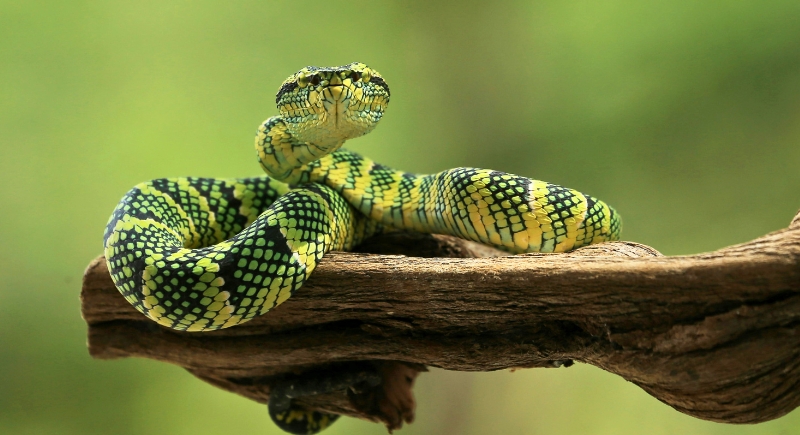Scientists Think Snake Pee Is the Secret Weapon Against Kidney Stones
Kidney stones and gout show up across age groups, lifestyles, and headlines every year. Both conditions are often linked to uric acid, so researchers spend a considerable amount of time studying how the body handles it. The search for better treatment options often leads to new materials or biochemical pathways, but in this case, the trail pointed in an unexpected direction. Scientists examining reptile biology have discovered a waste system that is far different from the human one, yet potentially useful for understanding how to manage uric acid more safely.
How Reptiles Pull Off Something Humans Cannot

Image via Pexels/Jeffry S.S.
Human kidneys filter nitrogen-rich waste and excrete it in the form of urea, uric acid, and ammonia, which are then dissolved in water. Reptiles follow another path entirely. Many species convert those compounds into solids called urates, which exit through the cloaca, a shared opening for various bodily functions.
Across more than 20 species studied in recent research, snakes and lizards with very different environments produced waste containing small spheres made of uric acid. Such structures immediately stood out because of their uniform shape and stability.
Conserving water becomes easier with this method, a significant advantage for animals that often inhabit dry or unpredictable climates.
Why These Crystals Matter For Human Health
Uric acid crystals wreak havoc in human joints and kidneys by sparking gout attacks or forming stones that block the urinary tract. Reptiles, by contrast, package the same compound into stable spheres without harming surrounding tissue. The contrast encouraged scientists to examine how reptiles manage this process so safely.
Microscopic imaging revealed textured microspheres just a few micrometers wide in species like pythons and Madagascan tree boas. Each one forms through densely packed nanocrystals made of uric acid and water. The research also shows that uric acid helps convert ammonia into a less hazardous solid.
Such a transformation protects reptiles during waste elimination and may offer clues about early stages of crystal formation in humans, but this is still speculative. If uric acid stabilizes toxic compounds in people the same way, researchers want to identify the chemical steps involved.
Understanding how reptiles prevent clumping, inflammation, or tissue damage could guide new approaches to stopping human crystals before they grow into stones.
Where Research Goes Next

Image via Getty Images/TuiPhotoengineer
Current insights are derived from structural analysis and X-ray studies conducted on samples collected across multiple reptile families. The work builds upon earlier explorations into reptile waste chemistry by utilizing clearer imaging and comparisons across species.
Support for the project includes funding from the National Science Foundation and organizations focused on crystallography and reptile research.
Future projects plan to look closely at how reptile bodies assemble these spheres, what controls their texture, and which internal cues trigger their formation. Scientists hope that these answers will inform ways to keep uric acid in a safer state within the human body, thereby reducing the burden of kidney stones and gout.